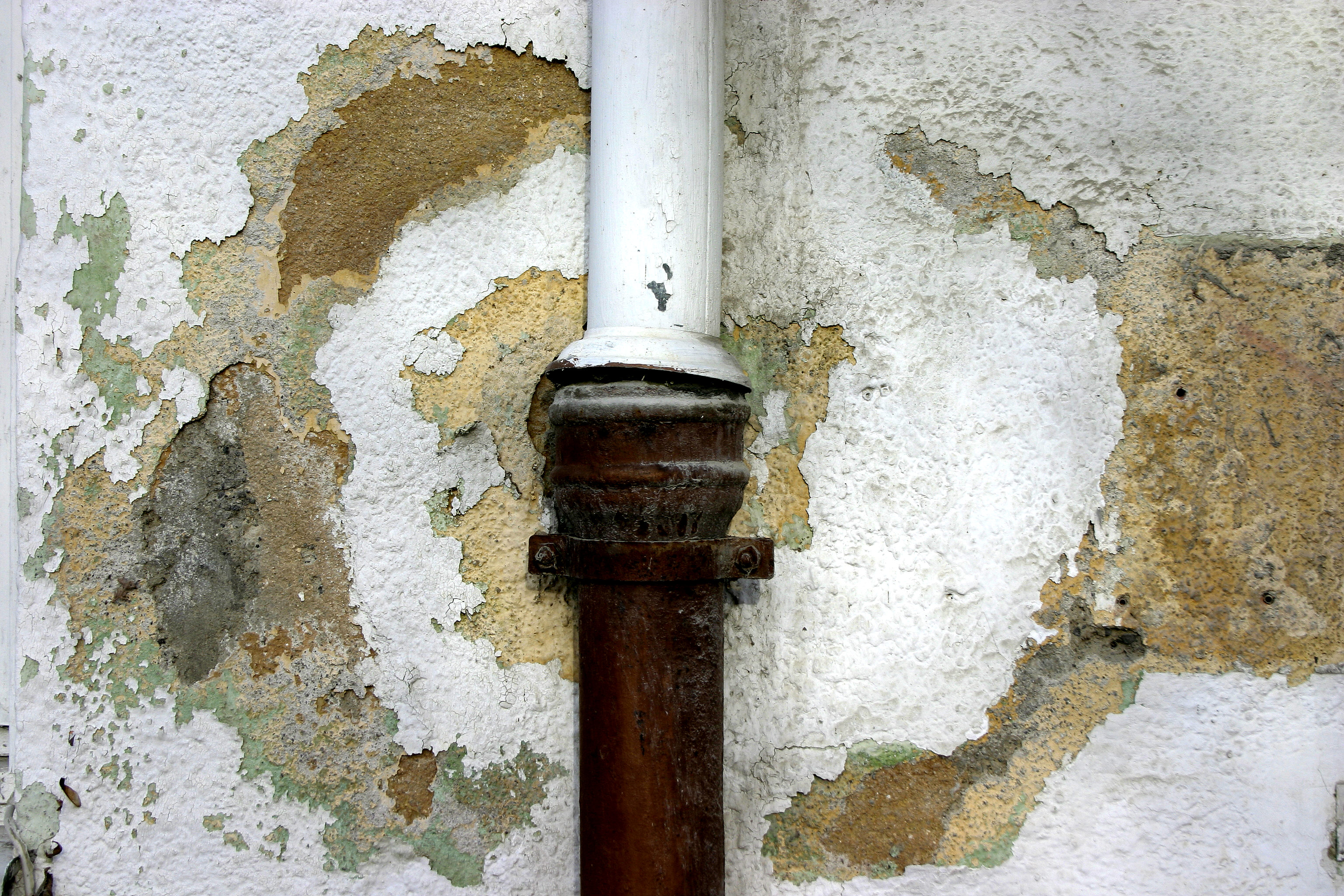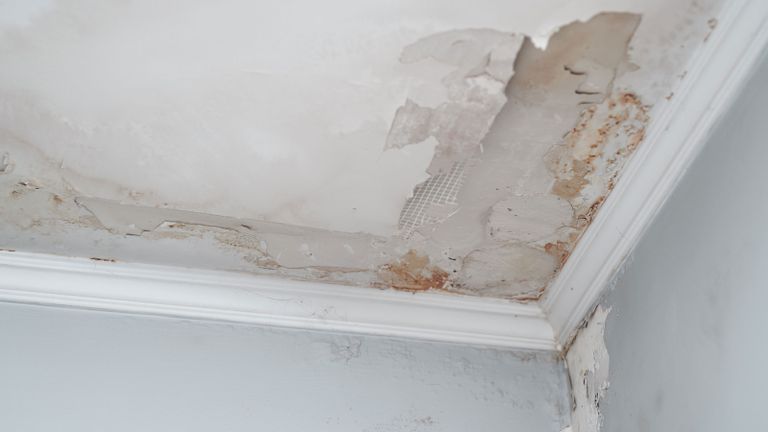Have you been on the lookout for critical info around What You Can Do At Home To Prevent Fire And Water Damage?

Water provides life, water intrusion on components where it's not supposed to be can result in damage. Homes with water damages smell moldy as well as old.
Water can originate from lots of sources such as tropical storms, floodings, ruptured pipes, leakages, as well as drain issues. In case you experience water damage, it would be great to understand some security preventative measures. Here are a few standards on just how to manage water damage.
Do Prioritize Residence Insurance Protection
Water damages from flood as a result of heavy winds is seasonal. However, you can also experience an unexpected flooding when a malfunctioning pipeline all of a sudden breaks right into your house. It would be best to have house insurance that covers both acts of God such as all-natural catastrophes, and emergencies like busted plumbing.
Do Not Forget to Shut Off Energies
In the event of a catastrophe, specifically if you reside in a flood-prone location, it would certainly be suggested to turn off the primary electrical circuit. This removes power to your whole home, avoiding electrical shocks when water can be found in as it is a conductor. Don't forget to transform off the main water line valve. When floodwaters are high, furniture will certainly walk around and also create damage. Having the major shutoff shut down avoids more damages.
Do Keep Proactive and also Heed Weather Condition Informs
Pay attention to discharge cautions if you live near a lake, creek, or river . Doing so decreases possible home damages.
Do Not Overlook the Roof
Prior to the weather condition turns frightful, see to it you have a roof covering assessment. It would be sensible to obtain this service yearly as it can alleviate complicated concerns. You can stay clear of rainfall damage if there are no holes as well as leakages in your roofing. Your roofing contractor will likewise care for faulty seamless gutters or any other signs of weakening. This will certainly protect against water from moving down your walls and also saturating your ceiling.
Do Pay Attention to Little Leaks
A burst pipeline doesn't happen over night. Usually, there are warnings that indicate you have damaged pipelines in your home. You might discover bubbling paint, peeling off wallpaper, water streaks, water spots, or leaking audios behind the walls. At some point, this pipeline will certainly break. Ideally, you should not wait for things to escalate. Have your plumbing fixed before it leads to huge damages.
Do Not Panic in Case of a Burst Pipe
Keeping your clearheadedness is vital in a time of dilemma. Because it will suppress you from acting quickly, worrying will just intensify the problem. Timing is vital when it comes to water damages. The longer you wait, the more damages you can expect. Thus, if a pipeline bursts in your home, right away turned off your main water shutoff to cut off the resource. Then unplug all electrical outlets in the area or switch off the breaker for that part of your home. Finally, call a respectable water damages reconstruction expert for aid.
Water gives life, water intrusion on components where it's not intended to be can result in damage. Houses with water damages odor musty as well as old.
Water damage from flood fees to heavy winds is seasonal. You might see bubbling paint, peeling wallpaper, water streaks, water spots, or leaking sounds behind the walls. When it comes to water damages, timing is crucial.
Some Do's & Don't When Dealing with a Water Damage
DO:
- Make sure the water source has been eliminated. Contact a plumber if needed.
- Turn off circuit breakers supplying electricity to wet areas and unplug any electronics that are on wet carpet or surfaces
- Remove small furniture items
- Remove as much excess water as possible by mopping or blotting; Use WHITE towels to blot wet carpeting
- Wipe water from wooden furniture after removing anything on it
- Remove and prop up wet upholstery cushions for even drying (check for any bleeding)
- Pin up curtains or furniture skirts if needed
- Place aluminum foil, saucers or wood blocks between furniture legs and wet carpet
- Turn on air conditioning for maximum drying in winter and open windows in the summer
- Open any drawers and cabinets affected for complete drying but do not force them open
- Remove any valuable art objects or paintings to a safe, dry place
- Open any suitcases or luggage that may have been affected to dry, preferably in sunlight
- Hang any fur or leather goods to dry at room temperature
- Punch small holes in sagging ceilings to relieve trapped water (don't forget to place pans beneath!); however, if the ceiling is sagging extremely low, stay out of the room and we'll take care of it
DO NOT:
- Leave wet fabrics in place; dry them as soon as possible
- Leave books, magazines or any other colored items on wet carpets or floor
- Use your household vacuum to remove water
- Use TV's or other electronics/appliances while standing on wet carpets or floors; especially not on wet concrete floors
- Turn on ceiling fixtures if the ceiling is wet
- Turn your heat up, unless instructed otherwise

I hope you enjoyed our topic on Ways to Reduce The Risk Of Fire And Water Damage. Thanks a ton for taking a few minutes to read our post. So long as you liked our blog post if you please remember to pass it around. I treasure reading our article about What You Can Do At Home To Prevent Fire And Water Damage.
Comments on “Do's & Don'ts of Water Restoration.”